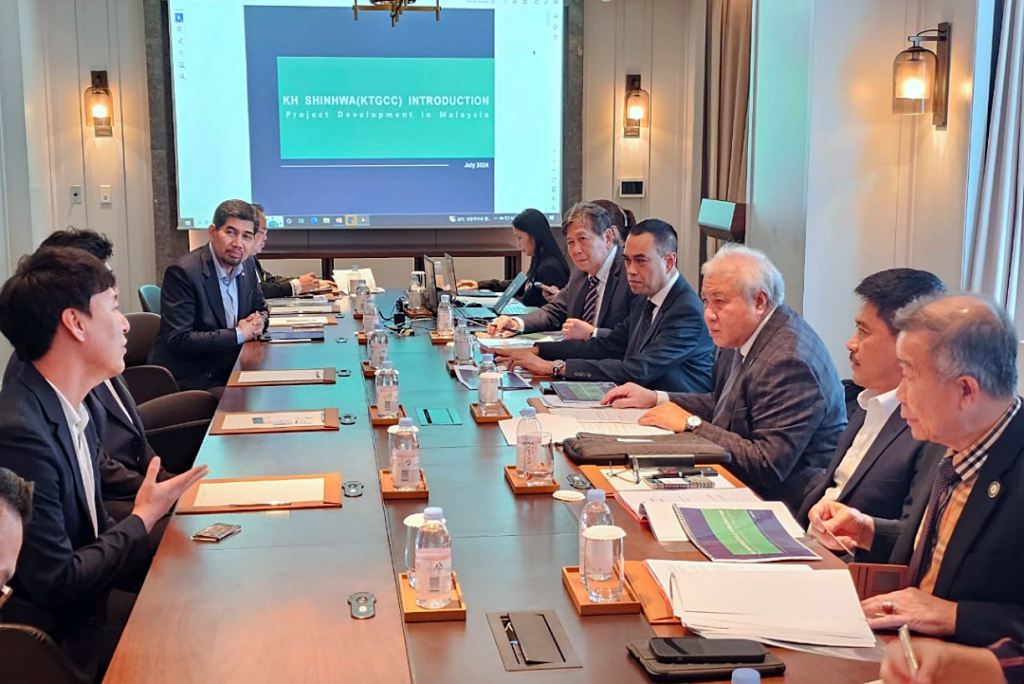Six airlines have resumed jet operations at Sultan Abdul Aziz Shah Airport, also referred to as Subang Airport, which will support Selangor’s ambition to establish itself as a regional hub for aerospace.
State executive councillor for investment, trade, and mobility Ng Sze Han said leading the aerospace industry is a component of the First Selangor Plan and the Selangor Aerospace Action Plan, which will drive the state and national economies.
“The reopening of operations in Subang is timely for the aviation and aerospace industries in Selangor and the Klang Valley.
“It also draws investments in aircraft manufacturing and maintenance, which have been growing in the region post-Covid-19 pandemic.
“According to a report by aircraft manufacturer Boeing last week, air traffic flow is increasing. Air passengers are expected to grow 4.7 per cent annually for the next 20 years,” he said when contacted.
On Wednesday, Transport Minister Anthony Loke said that effective yesterday, six airlines would resume narrow-body aircraft operations at the Subang Airport as part of the interim phase of the Subang Airport Redevelopment Plan, before the project kick-starts its second development phase in the next three years.
The six airlines are AirAsia, Firefly, SKS Airways, Transnusa, Batik Air Malaysia, and Scoot.
He said flight operations will be from 6am to 10pm with no midnight flights, as the airport is in a residential area.
Previously, the airport focused on maintenance, repair, and overhaul activities, and is now evolving to support a wider range of aviation services, including general business aircraft operations.
Source: Selangor Journal
Return of jet ops at Subang Airport to woo investors, boost Selangor as aerospace hub
Content Type:
Duration:



